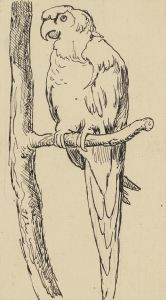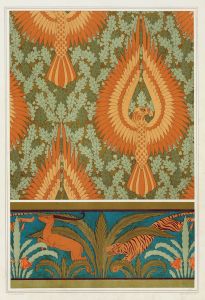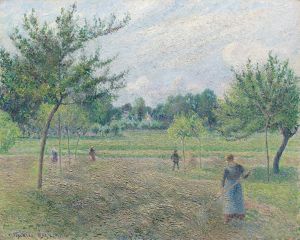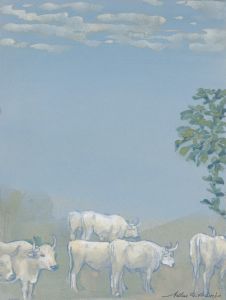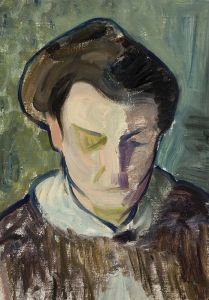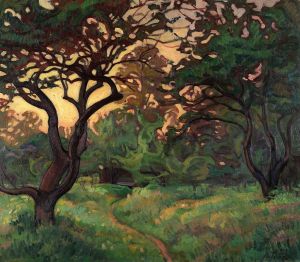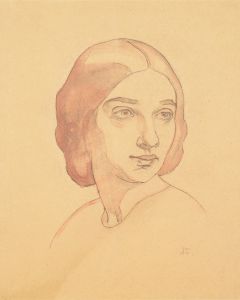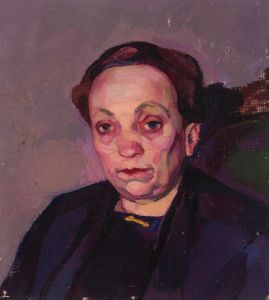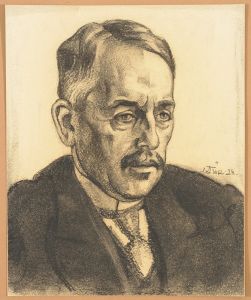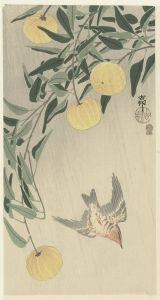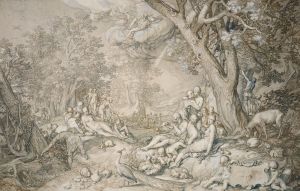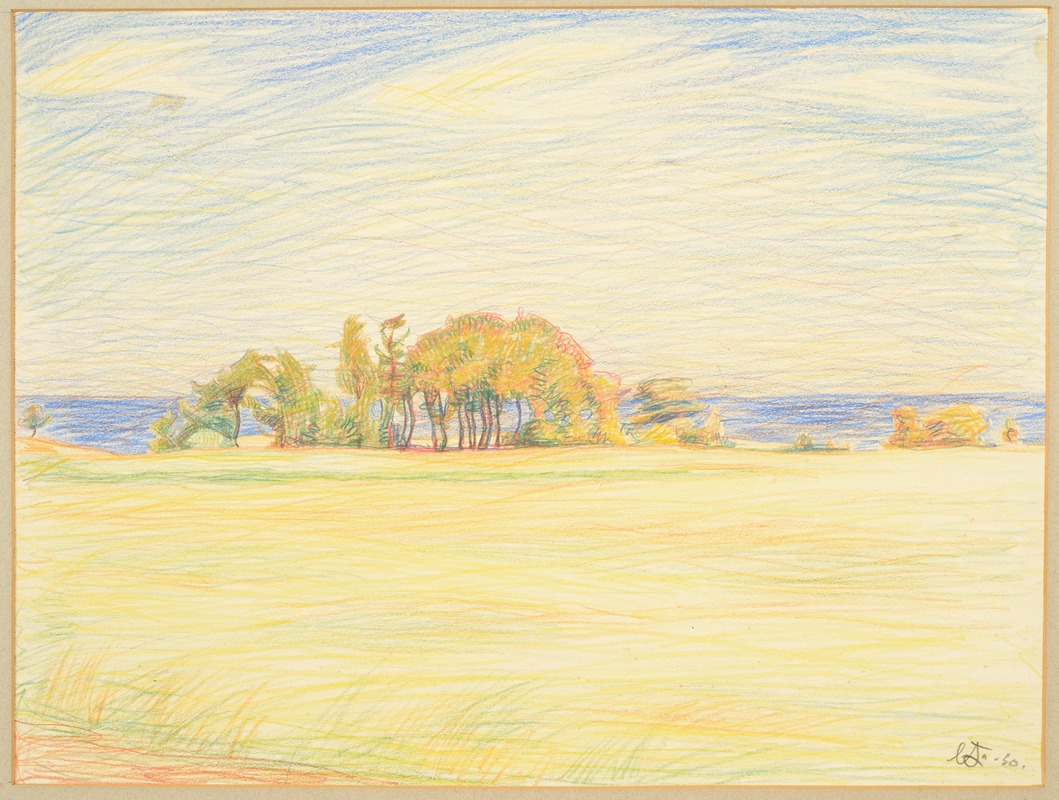
Rutja maastik
A hand-painted replica of Nikolai Triik’s masterpiece Rutja maastik, meticulously crafted by professional artists to capture the true essence of the original. Each piece is created with museum-quality canvas and rare mineral pigments, carefully painted by experienced artists with delicate brushstrokes and rich, layered colors to perfectly recreate the texture of the original artwork. Unlike machine-printed reproductions, this hand-painted version brings the painting to life, infused with the artist’s emotions and skill in every stroke. Whether for personal collection or home decoration, it instantly elevates the artistic atmosphere of any space.
Nikolai Triik was an influential Estonian painter and graphic artist, known for his contributions to the development of modern art in Estonia during the early 20th century. One of his notable works is "Rutja maastik," which translates to "Rutja Landscape" in English. This painting is an exemplary piece that reflects Triik's engagement with the natural environment and his ability to capture the essence of the Estonian landscape.
"Rutja maastik" is characterized by its vivid depiction of the rural scenery around Rutja, a small village in Estonia. The painting showcases Triik's skillful use of color and form, which are hallmarks of his artistic style. Triik was known for his ability to blend elements of Impressionism and Expressionism, creating works that were both visually striking and emotionally resonant. In "Rutja maastik," he employs a palette that captures the natural hues of the Estonian countryside, using brushstrokes that convey movement and vitality.
Triik's work often reflects his deep connection to the Estonian landscape, and "Rutja maastik" is no exception. The painting is a testament to his appreciation for the natural beauty of his homeland, and it serves as a visual representation of the cultural and national identity of Estonia during a time of significant change. The early 20th century was a period of national awakening in Estonia, and artists like Triik played a crucial role in shaping the country's cultural narrative.
Nikolai Triik was born in 1884 in Tartu, Estonia, and he studied art in various European cities, including St. Petersburg, Paris, and Munich. His exposure to different artistic movements and styles influenced his work, allowing him to develop a unique approach that combined elements from various schools of thought. Triik was a member of the influential Estonian art group "Noor-Eesti" (Young Estonia), which sought to promote modernist ideas and foster a sense of national identity through art and literature.
Throughout his career, Triik's work was celebrated for its innovative use of color and form, and he became one of the leading figures in Estonian modern art. His paintings often explored themes of nature, identity, and the human experience, and "Rutja maastik" is a prime example of his ability to convey these themes through his art.
"Rutja maastik" holds a significant place in Estonian art history, not only for its artistic merit but also for its representation of the cultural and historical context of the time. The painting is part of the collection at the Art Museum of Estonia, where it continues to be appreciated by art enthusiasts and scholars alike.
In summary, "Rutja maastik" by Nikolai Triik is a notable work that exemplifies the artist's skill and his connection to the Estonian landscape. Through his use of color and form, Triik captures the essence of the natural environment, creating a piece that resonates with both the cultural identity and the artistic innovation of early 20th-century Estonia.





